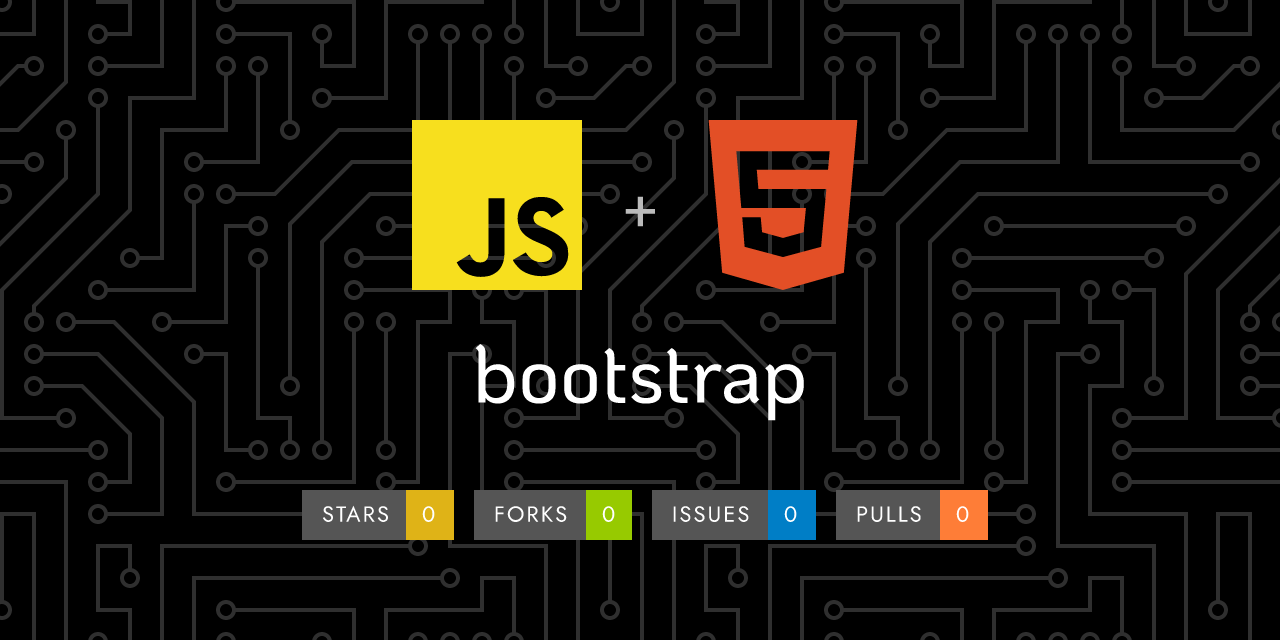
 ..
..
Viewing
alerts.md
240 lines (179 loc) • 10.1 KB
1
2
3
4
5
6
7
8
9
10
11
12
13
14
15
16
17
18
19
20
21
22
23
24
25
26
27
28
29
30
31
32
33
34
35
36
37
38
39
40
41
42
43
44
45
46
47
48
49
50
51
52
53
54
55
56
57
58
59
60
61
62
63
64
65
66
67
68
69
70
71
72
73
74
75
76
77
78
79
80
81
82
83
84
85
86
87
88
89
90
91
92
93
94
95
96
97
98
99
100
101
102
103
104
105
106
107
108
109
110
111
112
113
114
115
116
117
118
119
120
121
122
123
124
125
126
127
128
129
130
131
132
133
134
135
136
137
138
139
140
141
142
143
144
145
146
147
148
149
150
151
152
153
154
155
156
157
158
159
160
161
162
163
164
165
166
167
168
169
170
171
172
173
174
175
176
177
178
179
180
181
182
183
184
185
186
187
188
189
190
191
192
193
194
195
196
197
198
199
200
201
202
203
204
205
206
207
208
209
210
211
212
213
214
215
216
217
218
219
220
221
222
223
224
225
226
227
228
229
230
231
232
233
234
235
236
237
238
239
240 | ---
layout: docs
title: Alerts
description: Provide contextual feedback messages for typical user actions with the handful of available and flexible alert messages.
group: components
toc: true
---
## Examples
Alerts are available for any length of text, as well as an optional close button. For proper styling, use one of the eight **required** contextual classes (e.g., `.alert-success`). For inline dismissal, use the [alerts JavaScript plugin](#dismissing).
{{< callout info >}}
**Heads up!** As of v5.3.0, the `alert-variant()` Sass mixin is deprecated. Alert variants now have their CSS variables overridden in [a Sass loop](#sass-loops).
{{< /callout >}}
{{< example >}}
{{< alerts.inline >}}
{{- range (index $.Site.Data "theme-colors") }}
<div class="alert alert-{{ .name }}" role="alert">
A simple {{ .name }} alert—check it out!
</div>{{- end -}}
{{< /alerts.inline >}}
{{< /example >}}
{{< callout info >}}
{{< partial "callouts/warning-color-assistive-technologies.md" >}}
{{< /callout >}}
### Live example
Click the button below to show an alert (hidden with inline styles to start), then dismiss (and destroy) it with the built-in close button.
{{< example stackblitz_add_js="true" >}}
<div id="liveAlertPlaceholder"></div>
<button type="button" class="btn btn-primary" id="liveAlertBtn">Show live alert</button>
{{< /example >}}
We use the following JavaScript to trigger our live alert demo:
{{< js-docs name="live-alert" file="site/assets/js/partials/snippets.js" >}}
### Link color
Use the `.alert-link` utility class to quickly provide matching colored links within any alert.
{{< example >}}
{{< alerts.inline >}}
{{- range (index $.Site.Data "theme-colors") }}
<div class="alert alert-{{ .name }}" role="alert">
A simple {{ .name }} alert with <a href="#" class="alert-link">an example link</a>. Give it a click if you like.
</div>{{ end -}}
{{< /alerts.inline >}}
{{< /example >}}
### Additional content
Alerts can also contain additional HTML elements like headings, paragraphs and dividers.
{{< example >}}
<div class="alert alert-success" role="alert">
<h4 class="alert-heading">Well done!</h4>
<p>Aww yeah, you successfully read this important alert message. This example text is going to run a bit longer so that you can see how spacing within an alert works with this kind of content.</p>
<hr>
<p class="mb-0">Whenever you need to, be sure to use margin utilities to keep things nice and tidy.</p>
</div>
{{< /example >}}
### Icons
Similarly, you can use [flexbox utilities]({{< docsref "/utilities/flex" >}}) and [Bootstrap Icons]({{< param icons >}}) to create alerts with icons. Depending on your icons and content, you may want to add more utilities or custom styles.
{{< example >}}
<div class="alert alert-primary d-flex align-items-center" role="alert">
<svg xmlns="http://www.w3.org/2000/svg" class="bi flex-shrink-0 me-2" viewBox="0 0 16 16" role="img" aria-label="Warning:">
<path d="M8.982 1.566a1.13 1.13 0 0 0-1.96 0L.165 13.233c-.457.778.091 1.767.98 1.767h13.713c.889 0 1.438-.99.98-1.767L8.982 1.566zM8 5c.535 0 .954.462.9.995l-.35 3.507a.552.552 0 0 1-1.1 0L7.1 5.995A.905.905 0 0 1 8 5zm.002 6a1 1 0 1 1 0 2 1 1 0 0 1 0-2z"/>
</svg>
<div>
An example alert with an icon
</div>
</div>
{{< /example >}}
Need more than one icon for your alerts? Consider using more Bootstrap Icons and making a local SVG sprite like so to easily reference the same icons repeatedly.
{{< example >}}
<svg xmlns="http://www.w3.org/2000/svg" class="d-none">
<symbol id="check-circle-fill" viewBox="0 0 16 16">
<path d="M16 8A8 8 0 1 1 0 8a8 8 0 0 1 16 0zm-3.97-3.03a.75.75 0 0 0-1.08.022L7.477 9.417 5.384 7.323a.75.75 0 0 0-1.06 1.06L6.97 11.03a.75.75 0 0 0 1.079-.02l3.992-4.99a.75.75 0 0 0-.01-1.05z"/>
</symbol>
<symbol id="info-fill" viewBox="0 0 16 16">
<path d="M8 16A8 8 0 1 0 8 0a8 8 0 0 0 0 16zm.93-9.412-1 4.705c-.07.34.029.533.304.533.194 0 .487-.07.686-.246l-.088.416c-.287.346-.92.598-1.465.598-.703 0-1.002-.422-.808-1.319l.738-3.468c.064-.293.006-.399-.287-.47l-.451-.081.082-.381 2.29-.287zM8 5.5a1 1 0 1 1 0-2 1 1 0 0 1 0 2z"/>
</symbol>
<symbol id="exclamation-triangle-fill" viewBox="0 0 16 16">
<path d="M8.982 1.566a1.13 1.13 0 0 0-1.96 0L.165 13.233c-.457.778.091 1.767.98 1.767h13.713c.889 0 1.438-.99.98-1.767L8.982 1.566zM8 5c.535 0 .954.462.9.995l-.35 3.507a.552.552 0 0 1-1.1 0L7.1 5.995A.905.905 0 0 1 8 5zm.002 6a1 1 0 1 1 0 2 1 1 0 0 1 0-2z"/>
</symbol>
</svg>
<div class="alert alert-primary d-flex align-items-center" role="alert">
<svg class="bi flex-shrink-0 me-2" role="img" aria-label="Info:"><use xlink:href="#info-fill"/></svg>
<div>
An example alert with an icon
</div>
</div>
<div class="alert alert-success d-flex align-items-center" role="alert">
<svg class="bi flex-shrink-0 me-2" role="img" aria-label="Success:"><use xlink:href="#check-circle-fill"/></svg>
<div>
An example success alert with an icon
</div>
</div>
<div class="alert alert-warning d-flex align-items-center" role="alert">
<svg class="bi flex-shrink-0 me-2" role="img" aria-label="Warning:"><use xlink:href="#exclamation-triangle-fill"/></svg>
<div>
An example warning alert with an icon
</div>
</div>
<div class="alert alert-danger d-flex align-items-center" role="alert">
<svg class="bi flex-shrink-0 me-2" role="img" aria-label="Danger:"><use xlink:href="#exclamation-triangle-fill"/></svg>
<div>
An example danger alert with an icon
</div>
</div>
{{< /example >}}
### Dismissing
Using the alert JavaScript plugin, it's possible to dismiss any alert inline. Here's how:
- Be sure you've loaded the alert plugin, or the compiled Bootstrap JavaScript.
- Add a [close button]({{< docsref "/components/close-button" >}}) and the `.alert-dismissible` class, which adds extra padding to the right of the alert and positions the close button.
- On the close button, add the `data-bs-dismiss="alert"` attribute, which triggers the JavaScript functionality. Be sure to use the `<button>` element with it for proper behavior across all devices.
- To animate alerts when dismissing them, be sure to add the `.fade` and `.show` classes.
You can see this in action with a live demo:
{{< example >}}
<div class="alert alert-warning alert-dismissible fade show" role="alert">
<strong>Holy guacamole!</strong> You should check in on some of those fields below.
<button type="button" class="btn-close" data-bs-dismiss="alert" aria-label="Close"></button>
</div>
{{< /example >}}
{{< callout warning >}}
When an alert is dismissed, the element is completely removed from the page structure. If a keyboard user dismisses the alert using the close button, their focus will suddenly be lost and, depending on the browser, reset to the start of the page/document. For this reason, we recommend including additional JavaScript that listens for the `closed.bs.alert` event and programmatically sets `focus()` to the most appropriate location in the page. If you're planning to move focus to a non-interactive element that normally does not receive focus, make sure to add `tabindex="-1"` to the element.
{{< /callout >}}
## CSS
### Variables
{{< added-in "5.2.0" >}}
As part of Bootstrap's evolving CSS variables approach, alerts now use local CSS variables on `.alert` for enhanced real-time customization. Values for the CSS variables are set via Sass, so Sass customization is still supported, too.
{{< scss-docs name="alert-css-vars" file="scss/_alert.scss" >}}
### Sass variables
{{< scss-docs name="alert-variables" file="scss/_variables.scss" >}}
### Sass mixins
{{< deprecated-in "5.3.0" >}}
{{< scss-docs name="alert-variant-mixin" file="scss/mixins/_alert.scss" >}}
### Sass loops
Loop that generates the modifier classes with an overriding of CSS variables.
{{< scss-docs name="alert-modifiers" file="scss/_alert.scss" >}}
## JavaScript behavior
### Initialize
Initialize elements as alerts
```js
const alertList = document.querySelectorAll('.alert')
const alerts = [...alertList].map(element => new bootstrap.Alert(element))
```
{{< callout info >}}
For the sole purpose of dismissing an alert, it isn't necessary to initialize the component manually via the JS API. By making use of `data-bs-dismiss="alert"`, the component will be initialized automatically and properly dismissed.
See the [triggers](#triggers) section for more details.
{{< /callout >}}
### Triggers
{{% js-dismiss "alert" %}}
**Note that closing an alert will remove it from the DOM.**
### Methods
You can create an alert instance with the alert constructor, for example:
```js
const bsAlert = new bootstrap.Alert('#myAlert')
```
This makes an alert listen for click events on descendant elements which have the `data-bs-dismiss="alert"` attribute. (Not necessary when using the data-api’s auto-initialization.)
{{< bs-table >}}
| Method | Description |
| --- | --- |
| `close` | Closes an alert by removing it from the DOM. If the `.fade` and `.show` classes are present on the element, the alert will fade out before it is removed. |
| `dispose` | Destroys an element's alert. (Removes stored data on the DOM element) |
| `getInstance` | Static method which allows you to get the alert instance associated to a DOM element. For example: `bootstrap.Alert.getInstance(alert)`. |
| `getOrCreateInstance` | Static method which returns an alert instance associated to a DOM element or create a new one in case it wasn't initialized. You can use it like this: `bootstrap.Alert.getOrCreateInstance(element)`. |
{{< /bs-table >}}
Basic usage:
```js
const alert = bootstrap.Alert.getOrCreateInstance('#myAlert')
alert.close()
```
### Events
Bootstrap's alert plugin exposes a few events for hooking into alert functionality.
{{< bs-table >}}
| Event | Description |
| --- | --- |
| `close.bs.alert` | Fires immediately when the `close` instance method is called. |
| `closed.bs.alert` | Fired when the alert has been closed and CSS transitions have completed. |
{{< /bs-table >}}
```js
const myAlert = document.getElementById('myAlert')
myAlert.addEventListener('closed.bs.alert', event => {
// do something, for instance, explicitly move focus to the most appropriate element,
// so it doesn't get lost/reset to the start of the page
// document.getElementById('...').focus()
})
```
|
|
















